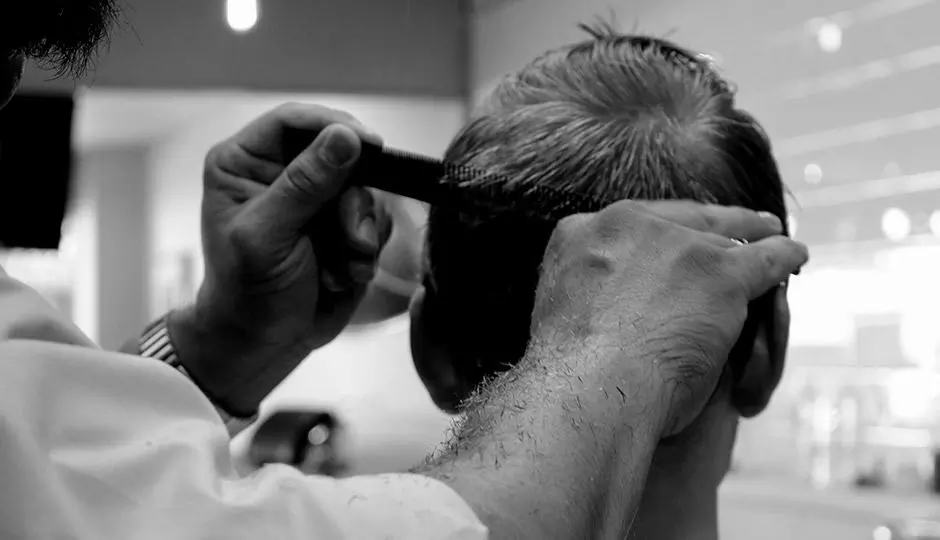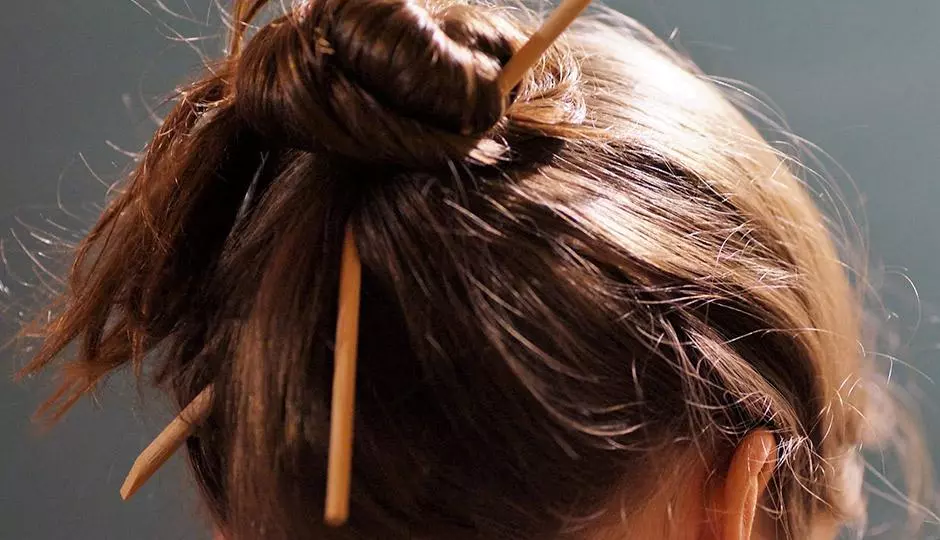There are many myths regarding where red hair comes from. Some of these involve connections with lottery winnings or vampires, but either way red hair itself is rarely ignored. Red hair has been associated with differences in pain tolerance, easy bruising, temperature change sensitivity, increased likeness for left-handedness, and is even rumored to be heading towards extinction because of its rarity. On the contrary, it appears that red hair is here to stay and will continue to maintain its coveted status.
Genetics of Hair
In chromosome 16 there is a gene that influences the color of your hair, skin and eyes. The MC1R (or Melanocortin 1 receptor gene) controls cells called melanocytes, which make a pigment known as melanin. There are two different types of melanin: eumelanin, a dark shade of brown, and pheomelanin, which is reddish. How much of each is produced is influenced by the MC1R gene, which ultimately determines your hair color.
You inherit two total copies of your genes, one from each parent, and sometimes these copies have conflicting instructions. Research conducted by European Monk Gregor Mendel (1822-1884) using pea plants found that certain genes are dominate over other genes. This means that some genes actually overpower another gene that they are paired with. The research also found that some genes are recessive, meaning that they can be hidden. Dark hair is a dominant gene, whereas red hair is recessive. Blue eyes are also recessive in terms of eye color, so blue-eyed redheads are the rarest combination in the world, making up only about 1 percent of the entire population.
Eye Color and Skin Type
Although blue eyes can sometimes beat the odds and end up paired with red hair, most people with red hair have brown or hazel eyes. Redheads actually have fewer hairs on their heads, with only about 90,000 strands compared to 110,000 for blonds and up to 140,000 for darker shades. The paler, freckle covered skin that redheads usually have, combined with the less protective hair due to a lower strand count, makes gingers more at risk for sunburn and skin cancer. The plus to having lighter skin is the fact that redheads have a much easier time manufacturing vitamin D with less sun exposure. This could be the reason that cloudy Europe has the highest concentration of redheads in the world, with as much as 13 percent of the population in Scotland, compared to a measly 2 percent in the United States.
Generation Skipping
Red hair might not come directly from your parents, but rather your grandparents. If two parents have dark hair, but the child has red hair, it would seem that the grandparents passed down the recessive MC1R gene. Brown hair is the dominant gene, so each dark haired parent could have one dominant brown and one recessive red each. If two recessive reds match up in the offspring, you could have a next generation redhead.
Anyone can achieve red hair with a quick trip to the hair care aisle of a pharmacy, however the MC1R gene that activates predominantly pheomelanin production can achieve the eye catching red hair without dye.
Transitions of Wisconsin can help!
Transitions of Wisconsin can help find the right solution by offering many options that can match anyone’s lifestyle. Feel free to contact one of our studios today for a free visit. Contact us by clicking here.
http://www.huffingtonpost.co.uk/emmakelly/redhead-facts_b_4781153.html
Facts and Myths About Red Hair
http://www.livescience.com/39095-redhead-health-risks.html
http://genetics.thetech.org/ask/ask144
http://ghr.nlm.nih.gov/gene/MC1R
https://udel.edu/~mcdonald/mythredhair.html
http://genetics.thetech.org/ask/ask245
http://anthro.palomar.edu/mendel/mendel_1.htm
http://www.dailymail.co.uk/news/article-2401346/Ginger-genes-Research-reveals-20MILLION-red-hair-gene-carriers-Britain-Ireland.html


